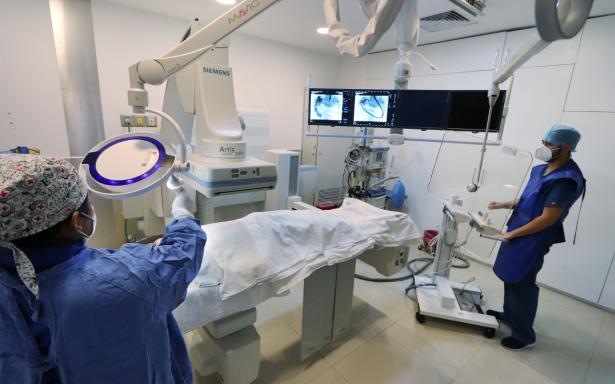Mexico‘s exports of medical instruments and devices to Japan broke records in 2024, reaching US$706 million, according to data from the Ministry of Finance.
Japan ranked as the fifth largest import market for these products in 2024, below the United States, the Netherlands, Germany and China.
Exports of medical instruments
In recent years, Mexico has increased its production in this industry, which the Mexican government has classified as a strategic sector.
As examples, Mexico manufactures instruments and devices for medicine, surgery, dentistry and veterinary medicine. It also produces electromedical equipment and visual testing devices. These include scalpels, thermometers, electrocardiographs and magnetic resonance machines.
Here are Mexico’s exports of medical instruments and devices to the Japanese market, in millions of dollars:
- 2018: 459.
- 2019: 582.
- 2020: 562.
- 2021: 592.
- 2022: 665.
- 2023: 674.
- 2024: 706.
Major exporters
In 2024, the United States was the leading exporter of medical instruments and devices to the Japanese market, with $2.035 billion, followed by China ($792 million) and Mexico ($706 million).
From around the world, Japanese imports of these products totaled US$6,972 million, a year-on-year drop of 5 percent.
This decline followed the following trend in that same indicator: in 2021, imports grew 7%, in 2022 they remained unchanged, and in 2023 they increased 6%, at year-on-year rates.
Among the main sales from Mexico to the Japanese market in 2024 stood out:
- Other instruments and apparatus: US$477 million.
- Certain syringes, needles, catheters, cannulas and similar instruments: 179 million dollars.
- Certain electrodiagnostic apparatus (including apparatus for functional scanning or monitoring of physiological parameters): $57 million.
The government of Japan applies stringent regulations for medical instruments and devices. The Pharmaceuticals and Medical Devices Agency (PMDA) sets these standards. To be marketed, products must have certifications, clinical tests and official approval.
Japan’s population is aging rapidly. As a result, the country needs more advanced medical devices. These include diagnostic imaging equipment, monitoring devices and technology for the care of the elderly.

